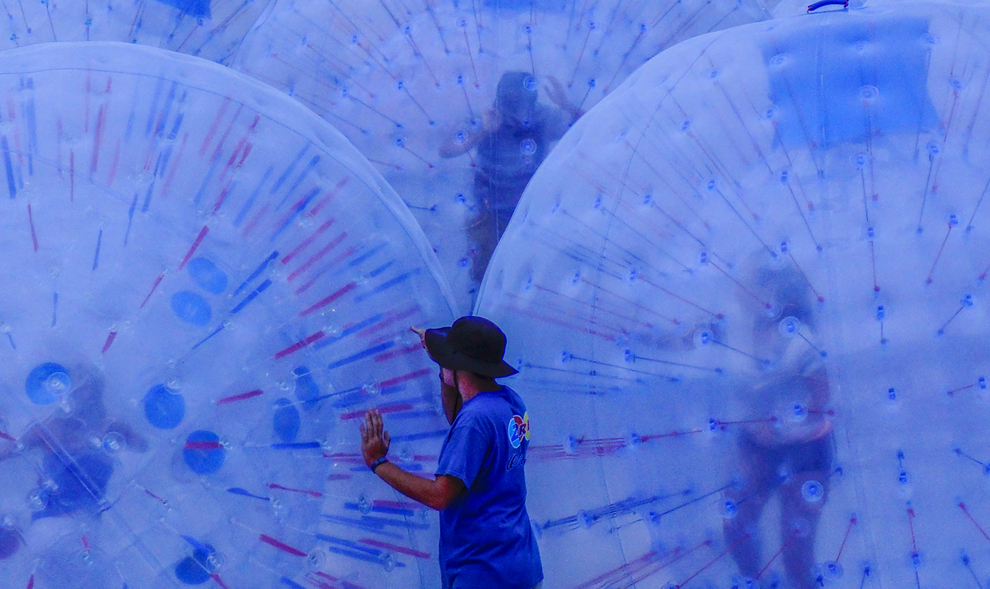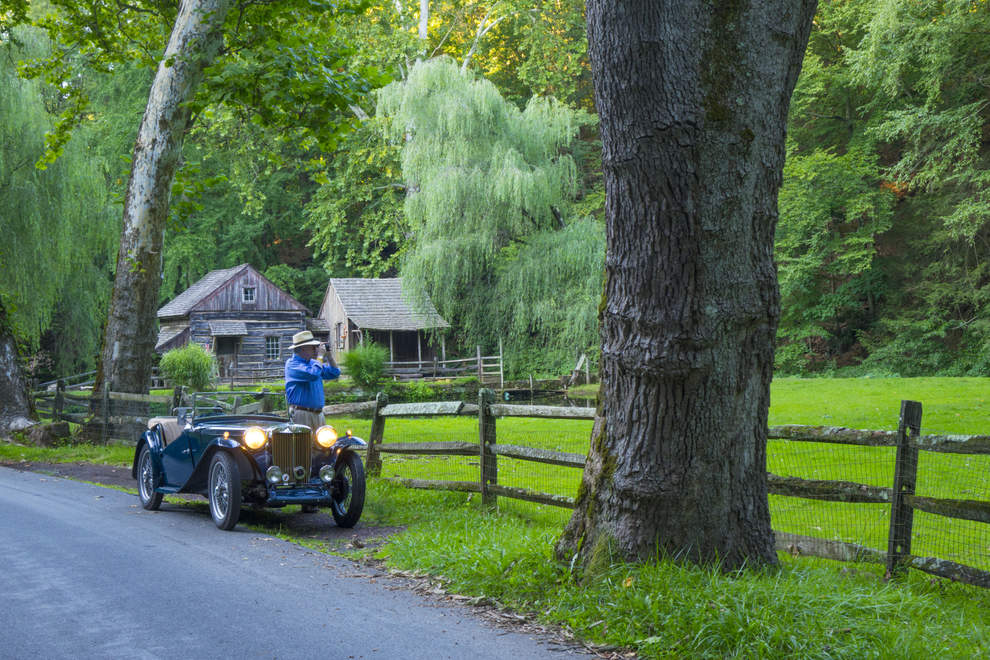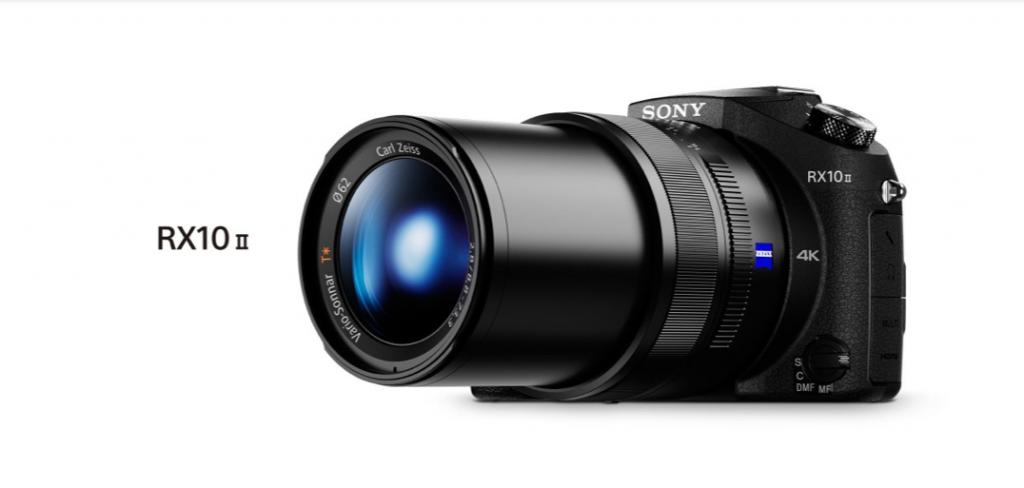Birth order is a strange and powerful force….more and more, the research points to the fact that in most families, a lot of your personality is not only developed because of your innate qualities, but also where you appeared in the birth order of your siblings.
This is certainly case for the Sony RX10 series….the first one was introduced with one of the Sony A7 series, the flashy big brother, and the Sony RX100ii, the precocious baby, and so of course, the uber-talented middle child was overlooked (and no, I’m an eldest child, so this isn’t my life story disguised as a camera review:-).
And this same thing has happened with the introduction of the RX10ii, which was completely lost in the kerfuffle about the A7Rii and the RX100iv cameras in the same release.

Which was a shame, because in many ways the RX10 was the dream machine for the traveling multi-media photographer who had to produce great stills and pro quality video with one compact, weather-sealed, well-designed camera with a built in 24-200mm f/2.8 (in 35mm equivalent) Zeiss freakin’ T* lens!
But alas, there were only a few of us who seemed to appreciate the qualities of this camera. Steve Northrup, longtime contract shooter for Time Magazine, called it the “best travel camera I’ve ever used.” And Kirk Tuck, commercial photographer and thinking man’s photo blogger extraordinaire (and damn good spy novelist—his Lisbon Portfolio is a terrific book, and the hero is a corporate photographer!), loved the RX10. But Kirk buys new cameras more often than I buy red wine (hard to believe, but I really think its true:-), so it looks more like a fling and less like a marriage for him with the RX10.
But not me…I’m in it for the long haul with the RX10 series. And since this “appreciation” of the RX10ii is a little late (because I like to actually get out and use a camera for a few months before I open my big mouth about it, and I don’t call these “reviews” because you can get all the tech specs elsewhere, these are more my subjective findings and tips).

So you can get the specs of both the new RX10 and the version ii elsewhere, but let’s get the obvious ones right out of the way first:
- It shoots beautiful 4K video internally. No external recorders needed. You get gorgeous, 100mpbs non-artifacting 4K in a very compact footprint.
- It shoots amazing slow-motion HD footage up to 900+frames per second. It’s true that these faster frame rates-960, 480, 240–are shot at lower resolution than HD and up-rezzed, and you can only record about 2-4 seconds of footage at a time, but still, the creative possibilities are amazing. And the 240fps setting is just slightly less than HD resolution and looks sensational blown up (and that’s a 10x slow mo that is buttery smooth).
- But the 120fps HD slow motion setting is just a normal mode and you can shoot it all day with no time limit. This is, again, a very fast bit-rate (100mbps) non-pixel binning HD video that looks great and is much easier to shoot than the higher frame rates, which are shootable in two-second clips only. But now for sports, wildlife, etc. you can get amazing slo-mo all day.

Okay, those are the improvements that you can read in any two bit review of the camera, but here are the less obvious improvements that I’ve not seen pointed out in in other review, but have made the camera even more useful for me.
- It now accepts the Sony Playstation apps so you can finally do timelapses. Yes, if the original RX10 had an Achilles heel, it was its inability to do timelapses…the camera wouldn’t take the app, and there were no wired intervalometers available that would do it through the remote terminal. Now, you can use the much improved Sony timelapse app, or there are now also new third party wired intervalometers that mate up with this camera (and the A7 series).
- TheRX10ii allows dedicated on camera flash sync speeds up to 1/4000th of a second. This is, as a certain media personality might say, “yuuuge” And this isn’t the typical “high speed sync” where the flash is basically flickering and putting out a fraction of its power, this is a full pop of flash. And even if you use a non-dedicated flash and trigger it with the hotshoe, you’ll still get an amazing sync speed of 1/1600th of a second. For you outdoor fill flash enthusiasts, your world has been rocked…you can use heavy diffusion with small strobes to get beautiful, soft fill light in bright sunlight.
- There’s now a selectable zoom speed! Since Sony really spec’ed this camera out for video, in the first version, there was a very smooth, but often painfully s-l-o-w zoom action, whether you used the rocker switch or the zoom collar on the lens. The new model thankfully has a “zoom speed” option in the menu…set the “fast” setting (it’s still not lightning fast) and you’ll be a happy camper.
- There’s an easy, heavy duty battery solution for long timelapses and event coverage. Much has been made of how the Sony NP-FW50 batteries for the A7 and RX10 series cameras are not as powerful as one might want, and how you need a few of them to get through the day. This is less of an issue with this camera than its A7 series big brothers, but if you want to run an all-night timelapse, or you have to cover hours-long events (poor you:-), you can now power this camera (as well as the mark II series of the A7s and A7r, and the RX100iv) using the USB port when you select USB Power Supply in the menu.
This is a big deal, because it means you can use that same battery pack that you use to recharge your smartphones on the go to run your camera…no more buying expensive battery solutions that have dummy FW-50 shaped battery modules attached to huge batteries, taking the battery compartment door off, etc. etc. This is clean and simple.
I got two of these 10,000 mAh batteries for $14 each from Amazon (tip of the hat to fellow Sony Artisan Dennis Biela for the lead) and they are relatively compact and will run the cameras all day and most of the night, not to mention power up and charge my iPad and iPod if needed.

A couple of other “unsung” aspects of the RX10 series; it is about the most weather resistant camera in the Sony line…I’ve used mine in pouring rain in Iceland, blowing sand in the Kalahari desert, dirt and dust in a Gobi Desert horse race…you name it and the camera holds up. And video shooters, this is, well, again “yuuuuuge”—it’s a fixed lens (albeit an equivalent 24-200mm f/2.8 zoom) so you never have to worry about sensor dust!
For still shooters, sensor dirt and dust is a minor inconvenience correctable with one hit of the clone tool…for video shooters? Well think about it…would you like to correct 120 frames per second of a moving dust spot? It can be done with masks and key frames and such, but it ain’t easy.
So, downsides? Yes, there are a few. It’s expensive $1298…but think about the lens range (and the straight f/2.8 aperture) you get with the camera and price it against a DSLR or mirrorless with detachable lenses and think about what you’d spend to cover that zoom range at that speed, and suddenly, you’ll see that it isn’t that expensive.
And although the new backlit 1″ sensor is even better in low light (I’ll shoot the RX10ii happily at up to ISO 3200, a full stop higher than its predecessor), it’s still tricky to get that creamy soft bokeh out of this camera…you need the right conditions. As you know, the smaller the chip, the greater the inherent depth of field, but in the right circumstances (see below) you can get really smooth bokeh…just not as easily as with your full frame or APSC chipped cameras.

So there you have it, my admittedly subjective appreciation of what will no doubt become my workhorse camera in the upcoming year of what will be possibly my heaviest travel schedule in a long time. Do I love my A7s and my A7Rii? You bet I do, but for run and gun travel video and stills, this is the camera I reach for first.
If you want to indulge your inner geek and go for a full bore tear down of the camera, these guys at Imaging Resource do the best in-depth camera reviews on the net, I think.